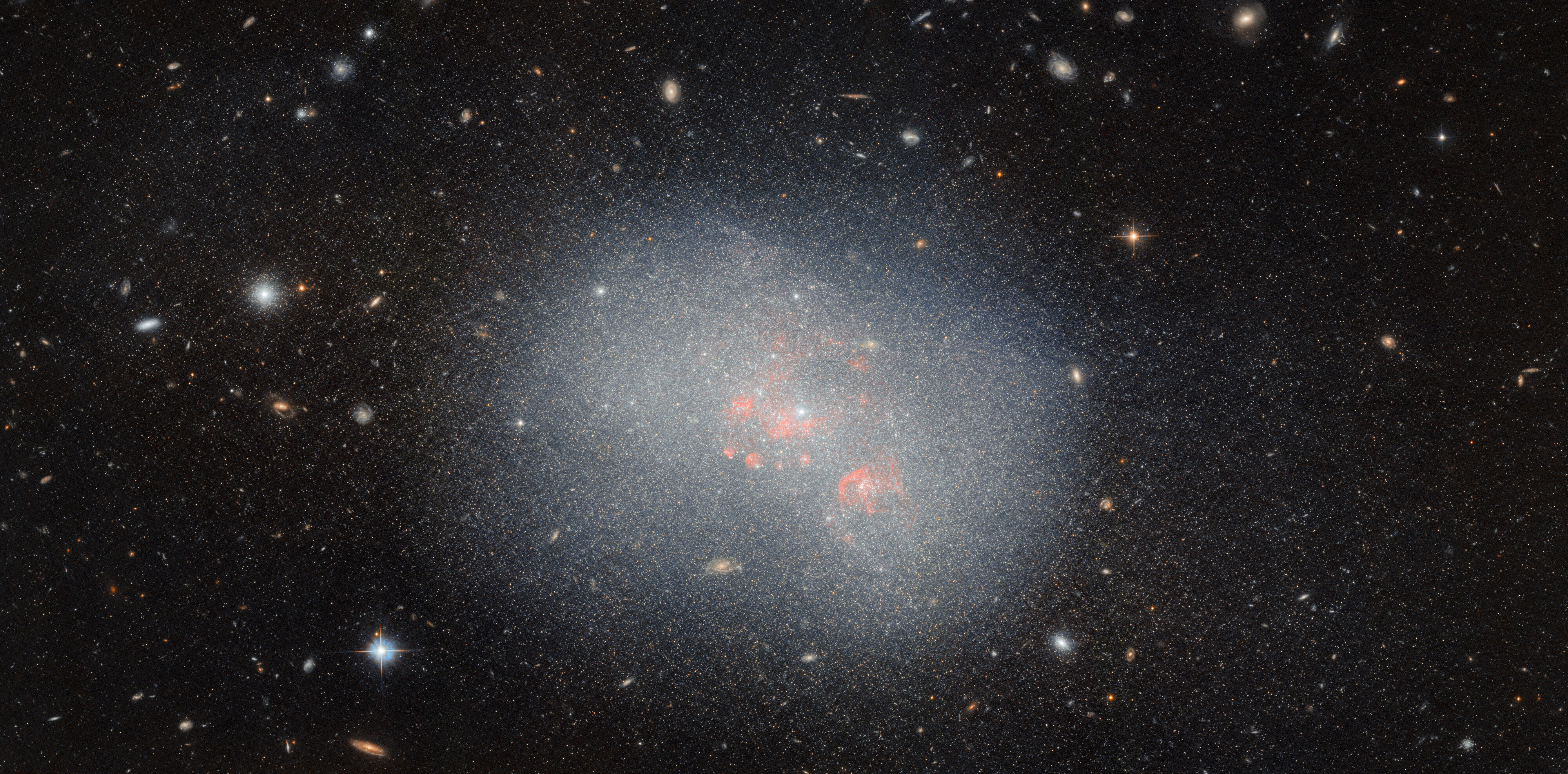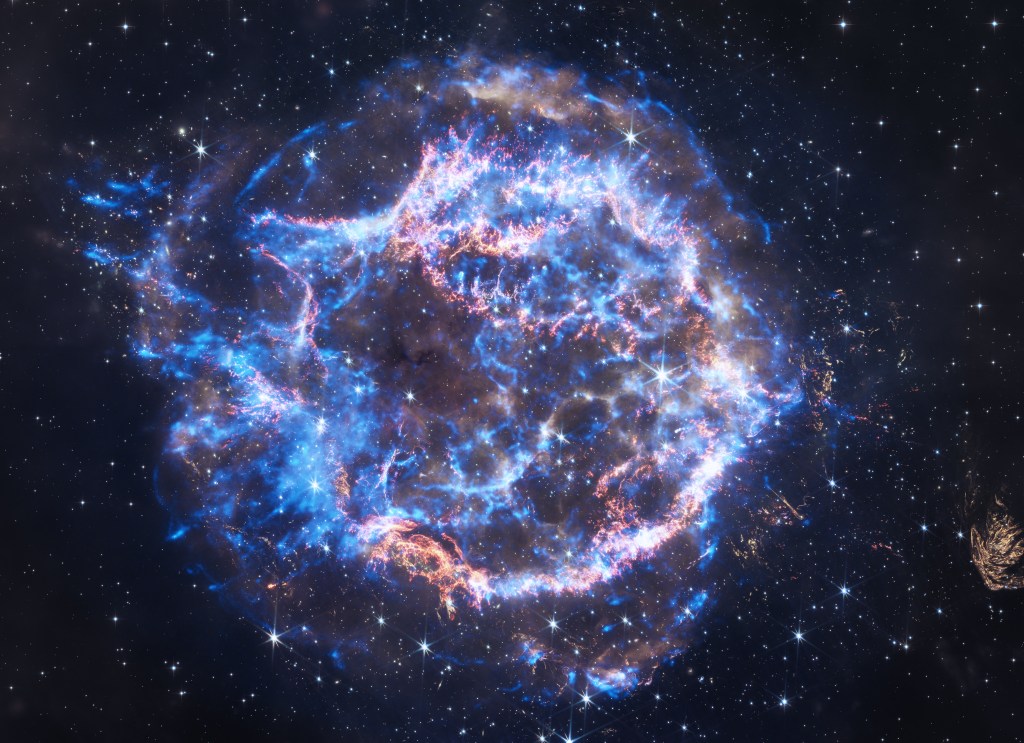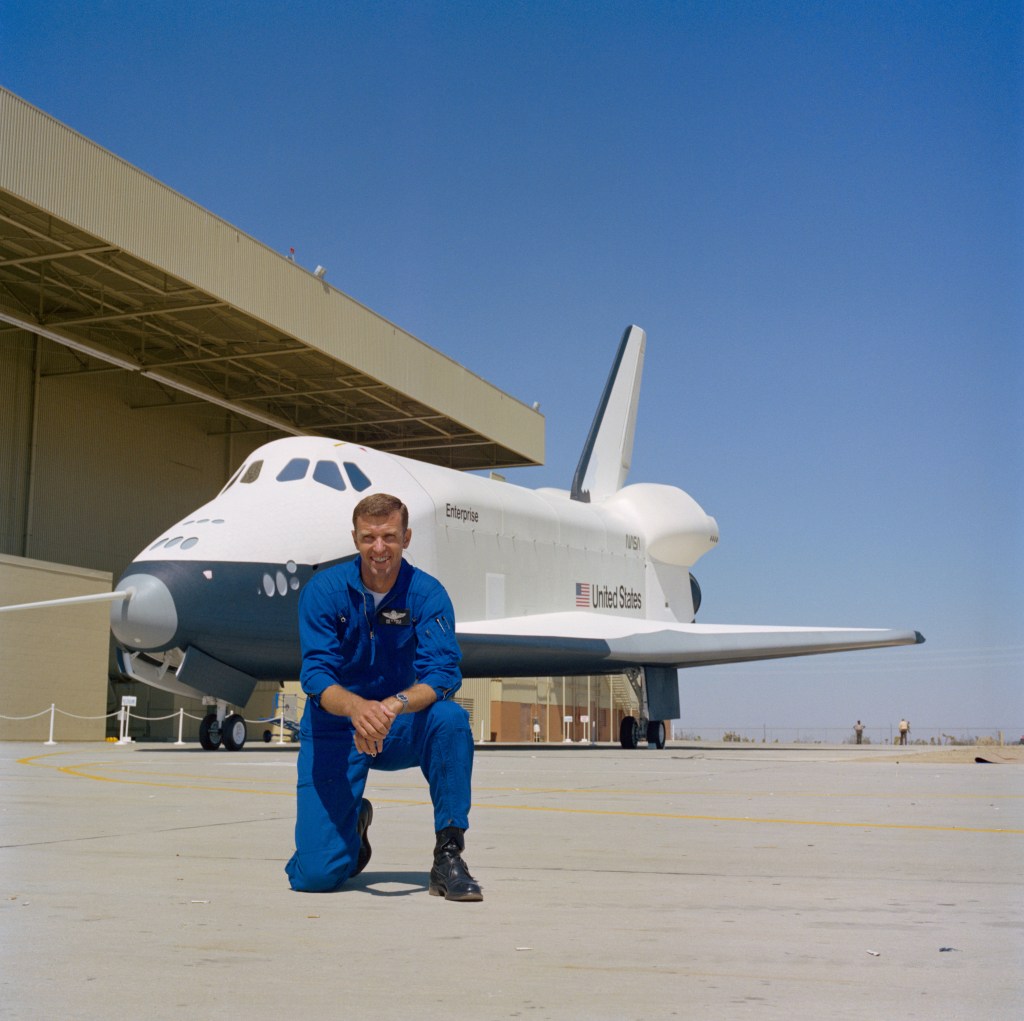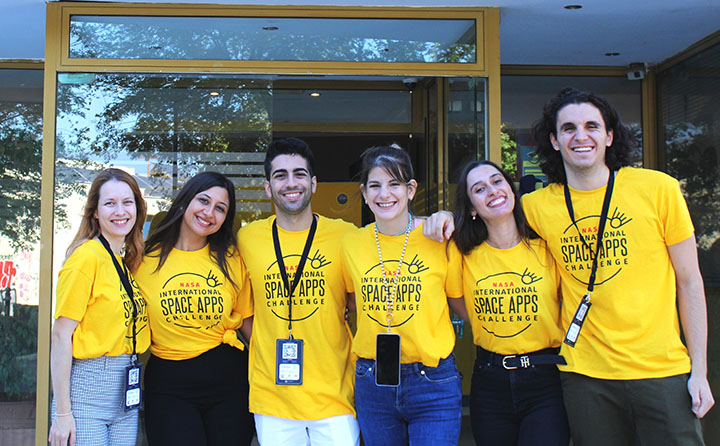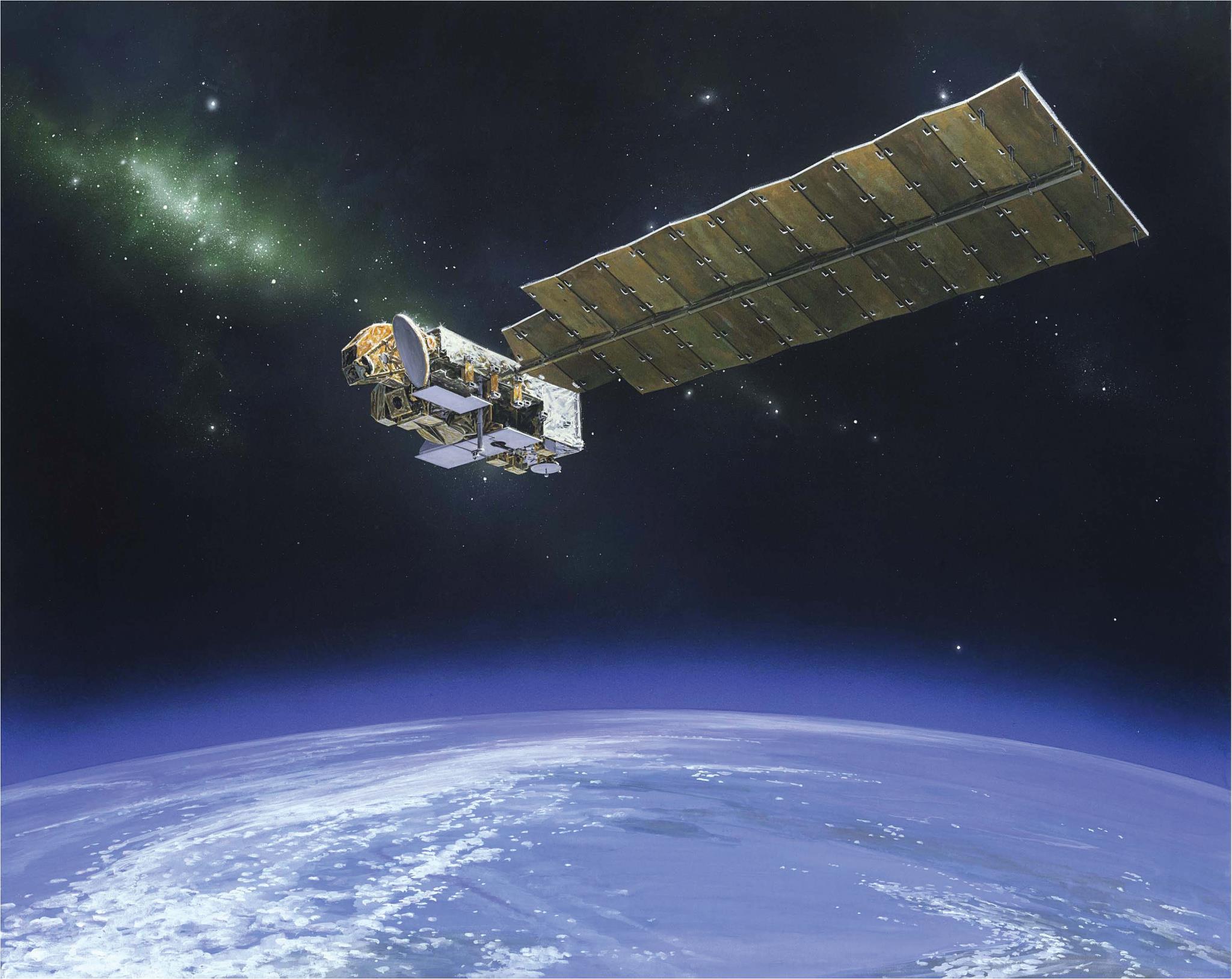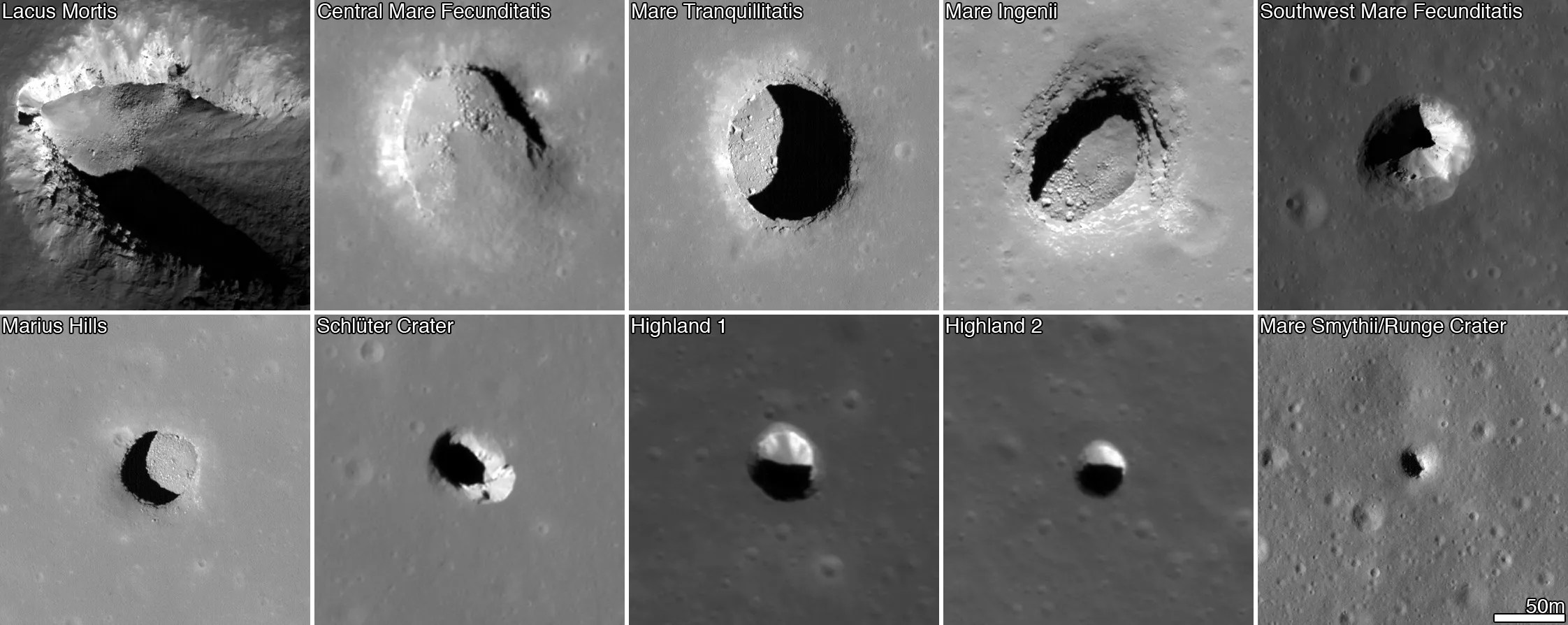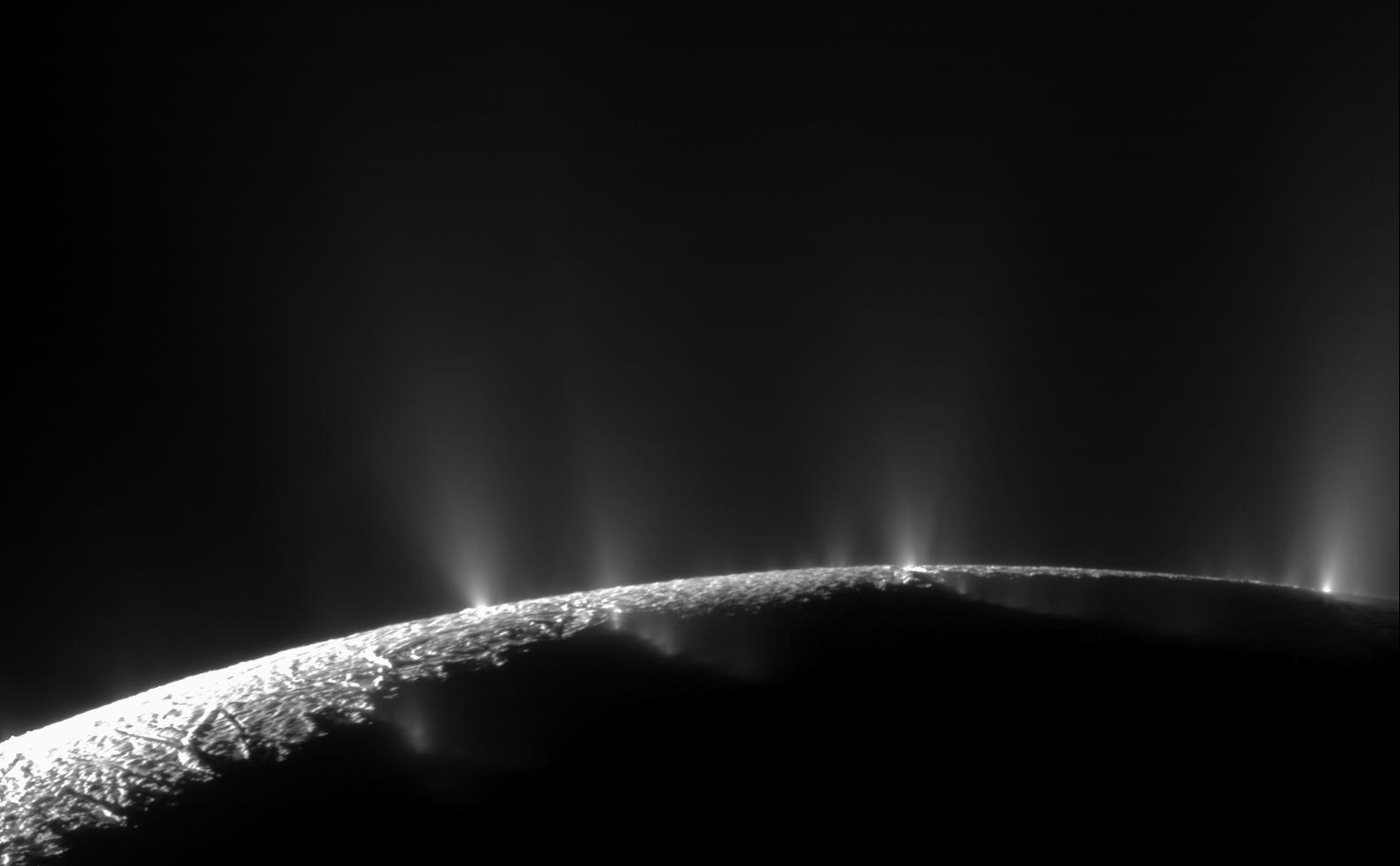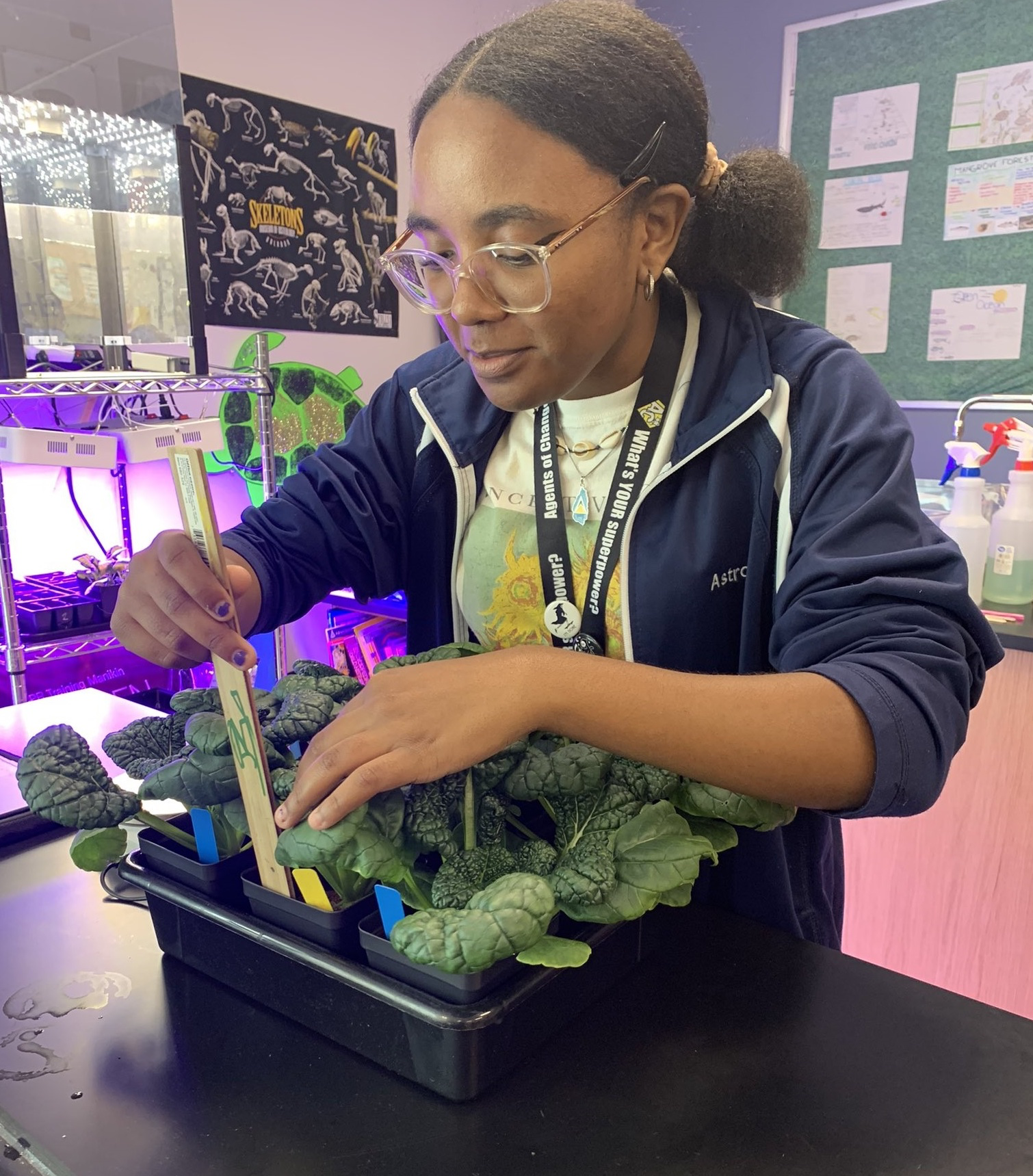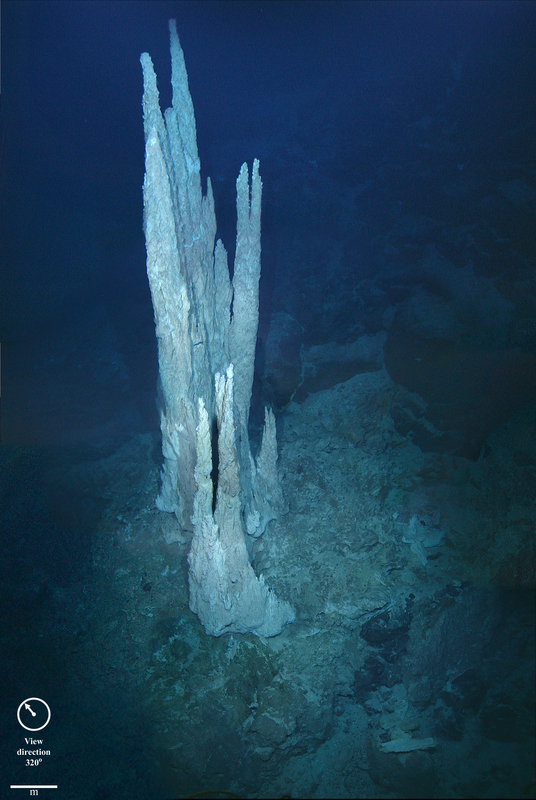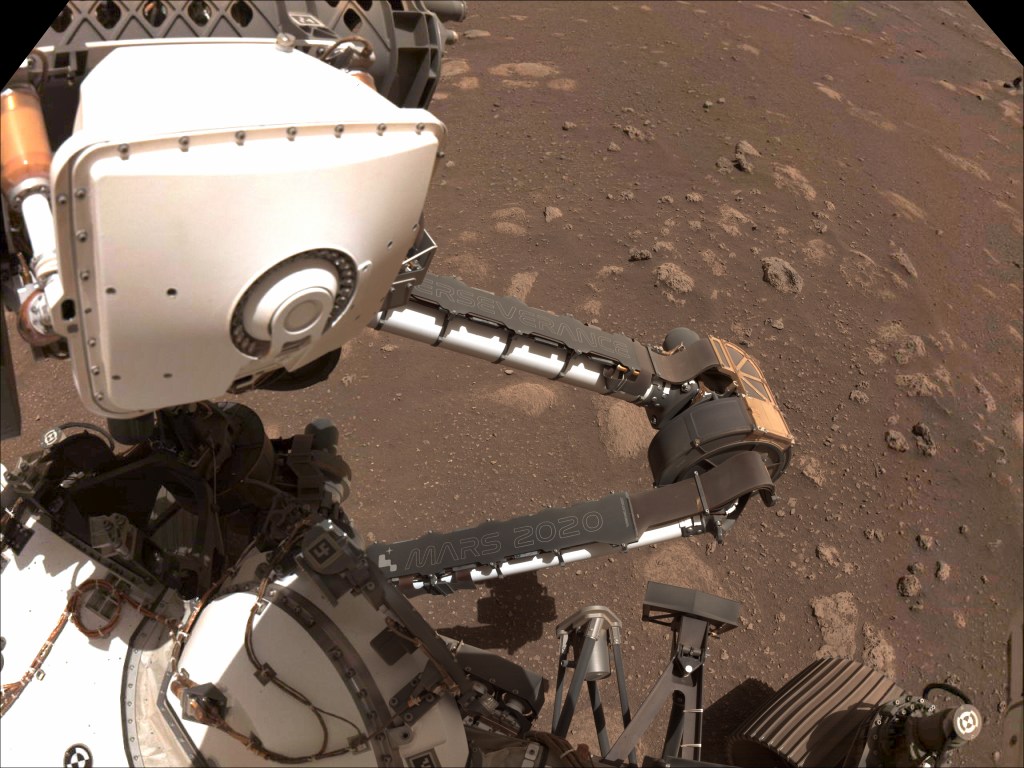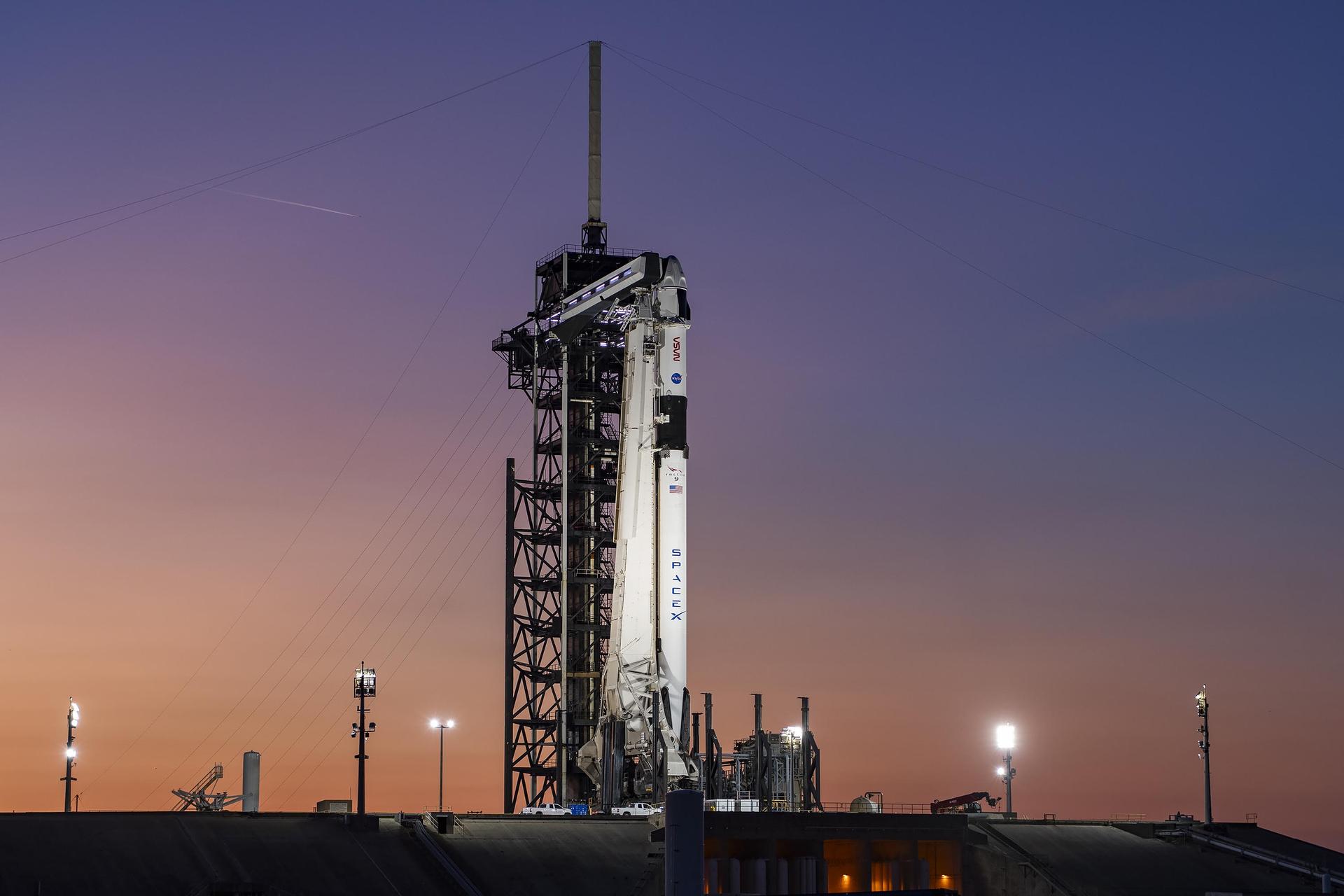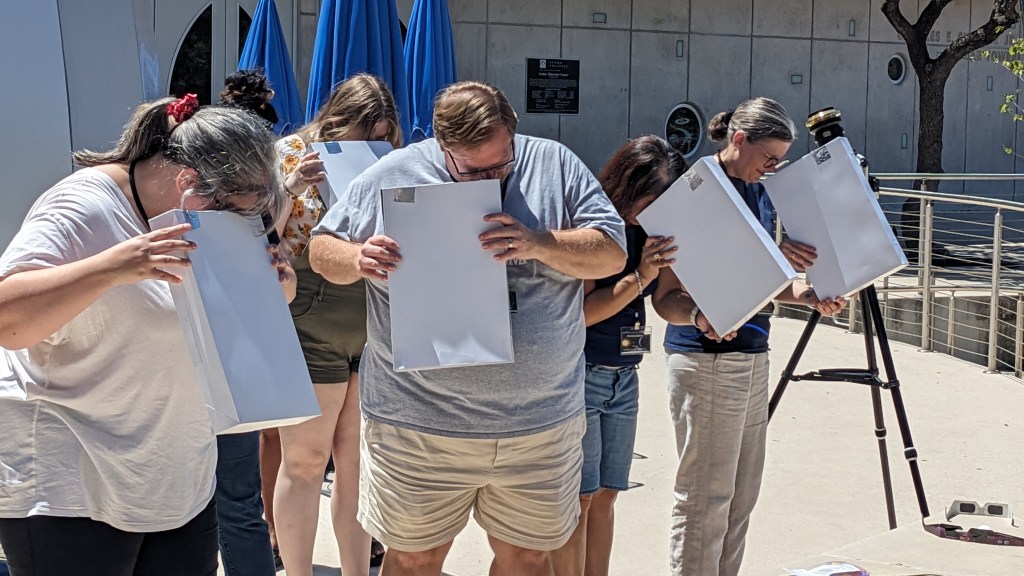NASA News
National Aeronautics and Space Administration
John C. Stennis Space Center
Stennis Space Center, MS 39529-6000
(228) 688-3341
Paul Foerman
NASA News Chief
(228) 688-3341
June Malone
MSFC Huntsville AL
(256) 544-0034
Jan. 21, 2004
MBO-04-005
FOR IMMEDIATE RELEASE
NASA MARKS MILESTONE IN HUMAN SPACEFLIGHT
HANCOCK COUNTY, Miss. – With a roar and a rush of water vapor, the Space Shuttle’s Main Engines reached a significant milestone Jan. 21 when it surpassed 1 million seconds of successful test and launch firings during a flight acceptance test. The engine is scheduled to fly on Space Shuttle mission STS-121.
The engine test, which began at about 3:30 p.m. CST at NASA’s Stennis Space Center in Mississippi, ran for eight-and-one-half minutes, the length of time it takes the Space Shuttle to achieve orbit. “This 1 millionth-second test is a testimony to the NASA and contractor team that developed, tested and continues to improve the SSME to safely take humans to low Earth orbit,” said NASA’s Miguel Rodriguez, director of the Propulsion Test Directorate at Stennis. “It is a huge sense of pride to the NASA and Boeing team that the engines, which began testing in June 1975, have never experienced a major anomaly. Personally, it is an honor to be part of this great program.” The 1 million seconds of performance has been accrued through more than 826,000 seconds in the test stand during development, certification and acceptance testing, and nearly 174,000 seconds of flight time over 113 missions.
“The Main Engine that flies today has gone through major upgrades and is safer, stronger and more reliable than the one that flew on STS-1 in 1981. Reaching this milestone is a historic moment for the Space Shuttle Program,” said Michael Rudolphi, Space Shuttle Propulsion Manager. Developed in the 1970s, the Space Shuttle Main Engine is the world’s most sophisticated reusable rocket engine. Each powerful main engine is 14 feet long, weighs about 7,000 pounds and is 7.5 feet in diameter at the end of its nozzle and generates nearly 400,000 pounds of thrust. Rigorous testing is used to verify that an engine is ready to fly and is critical to any flight program. As recently as 1998, engineers developed and tested a large-throat main combustion chamber, which improved the Space Shuttle Main Engines reliability by reducing operating temperature and pressures. A new high-pressure fuel turbopump was also developed and implemented for its first flight in July 2001 on STS -104.
The Rocketdyne Propulsion and Power division of The Boeing Co. of Canoga Park, Calif., manufactures the Space Shuttle Main Engines. Pratt and Whitney, a United Technologies Company of West Palm Beach, Fla., builds the high pressure turbopumps, and the Marshall Space Flight Center in Huntsville, Ala., manages the Space Shuttle Main Engine project for NASA’s Space Shuttle Program. The Stennis Space Center in Mississippi tests the engines.
– END-
News releases provided by NASA’s Stennis Space Center are available at https://www.nasa.gov/centers/ssc/news/newsreleases/2004. For more information, call the NASA Public Affairs Office at Stennis at 1-800-237-1821 in Mississippi and Louisiana only, or (228) 688-3341.
2004 News Releases



